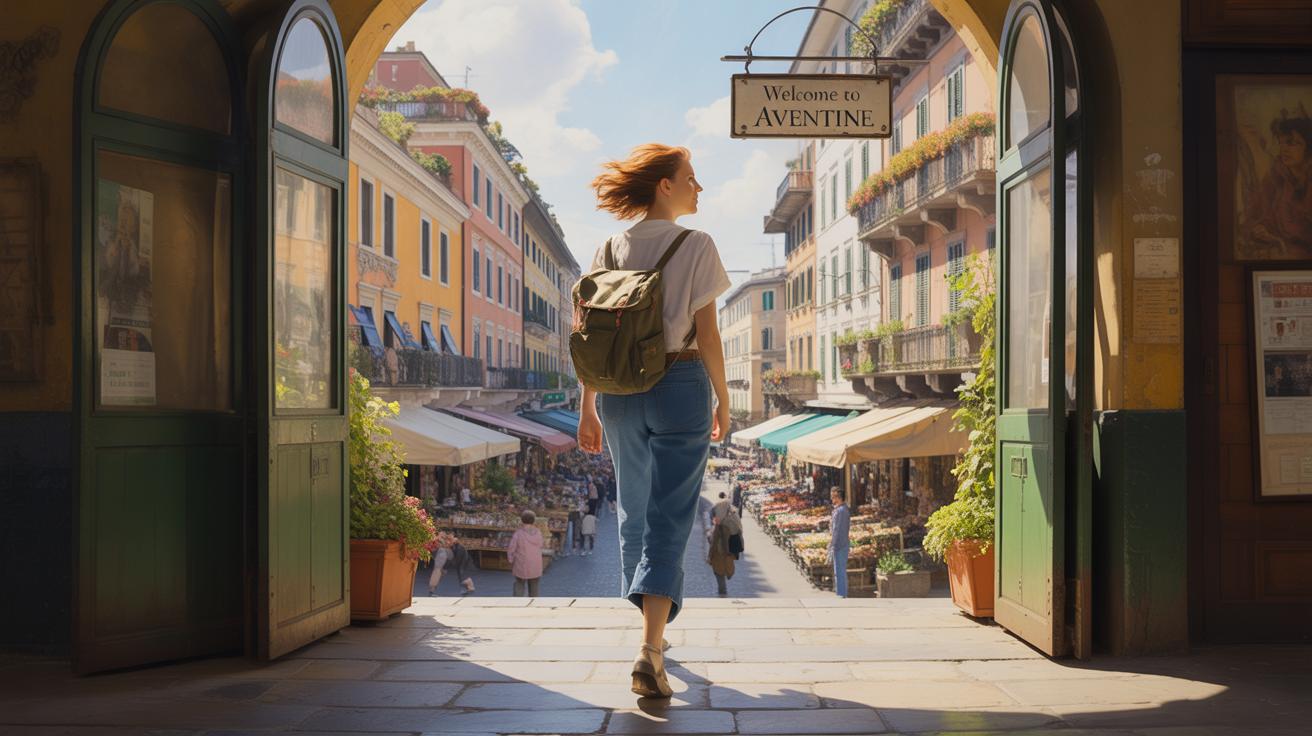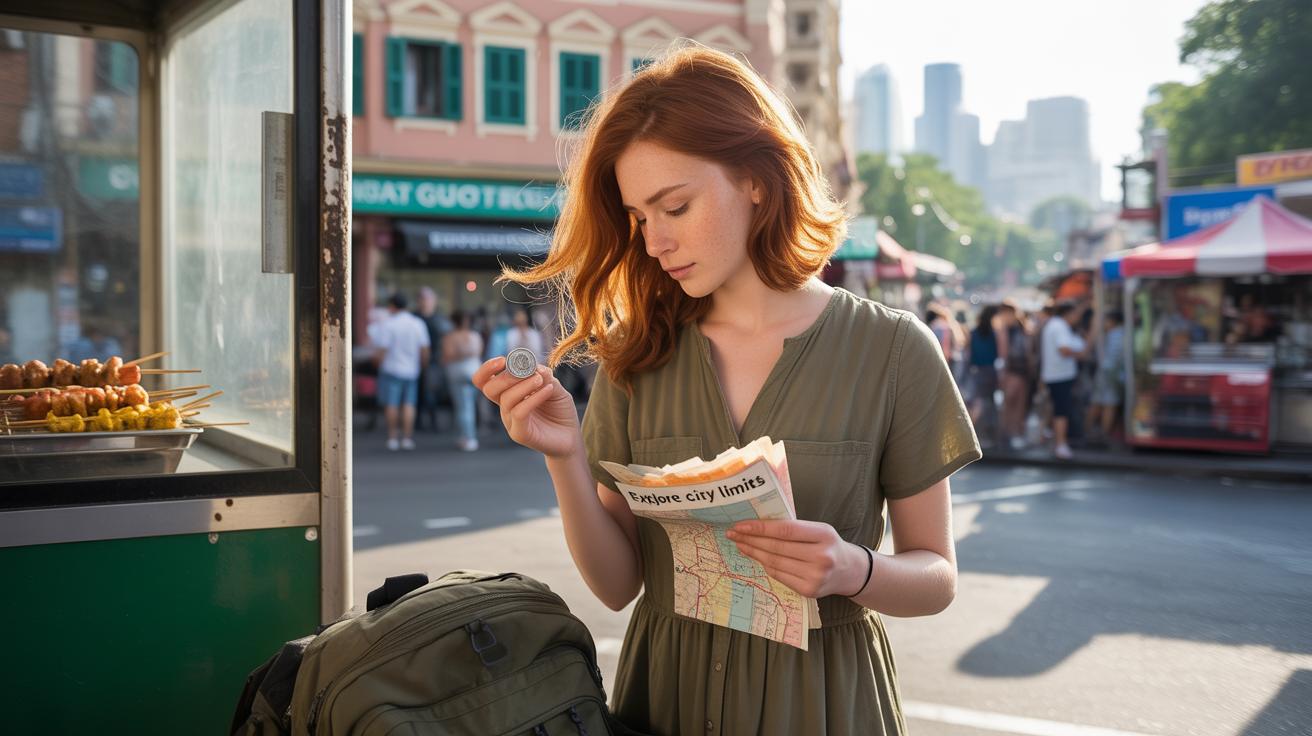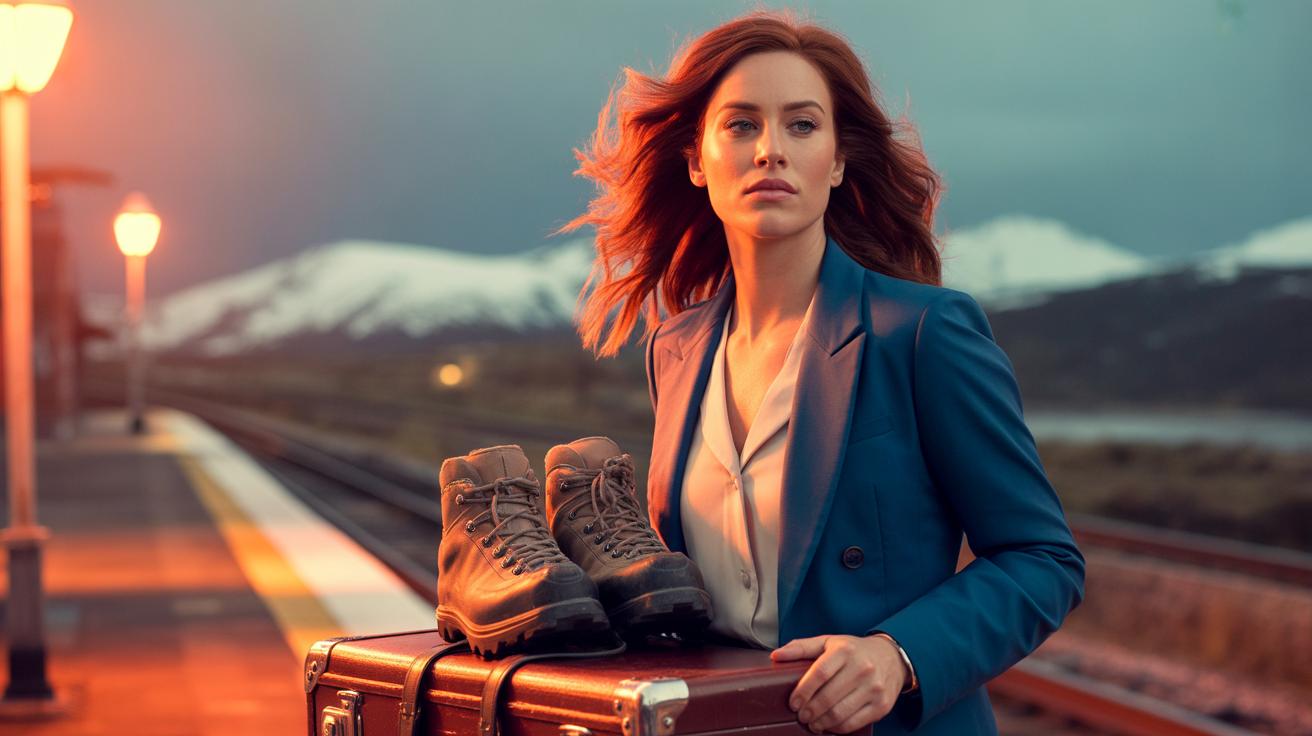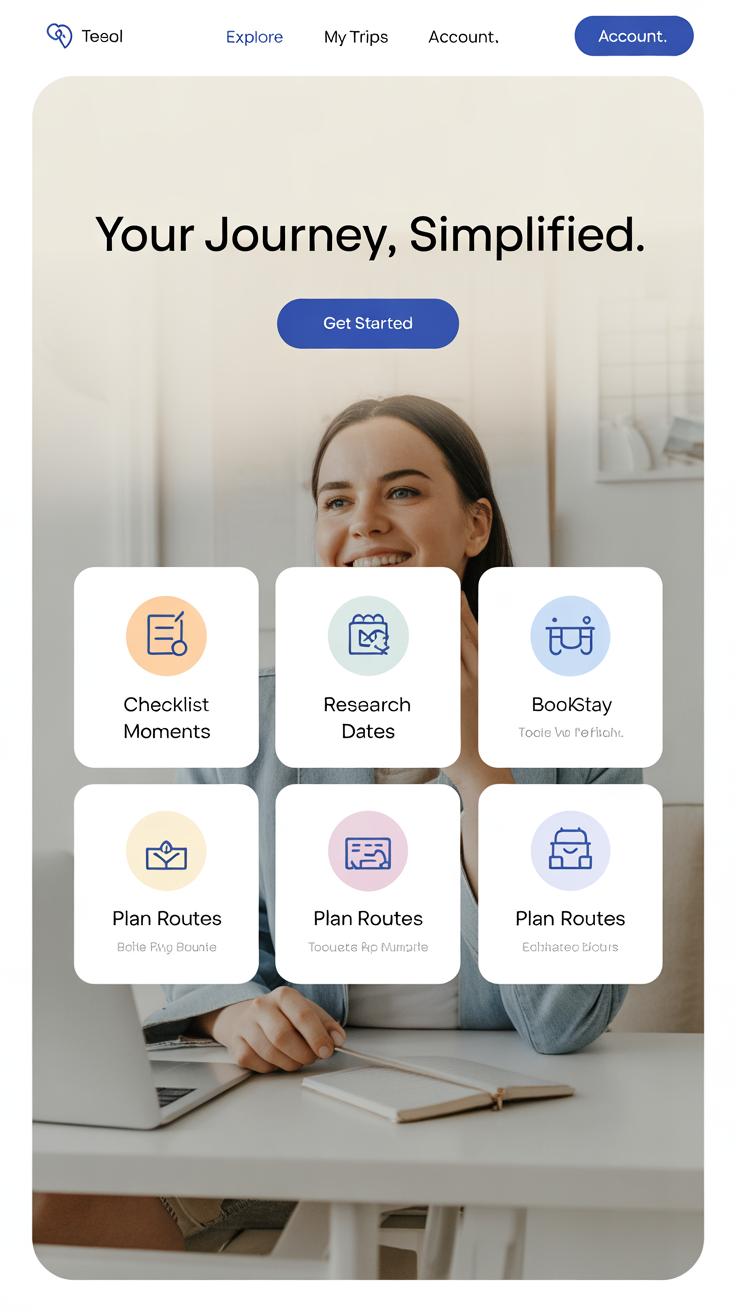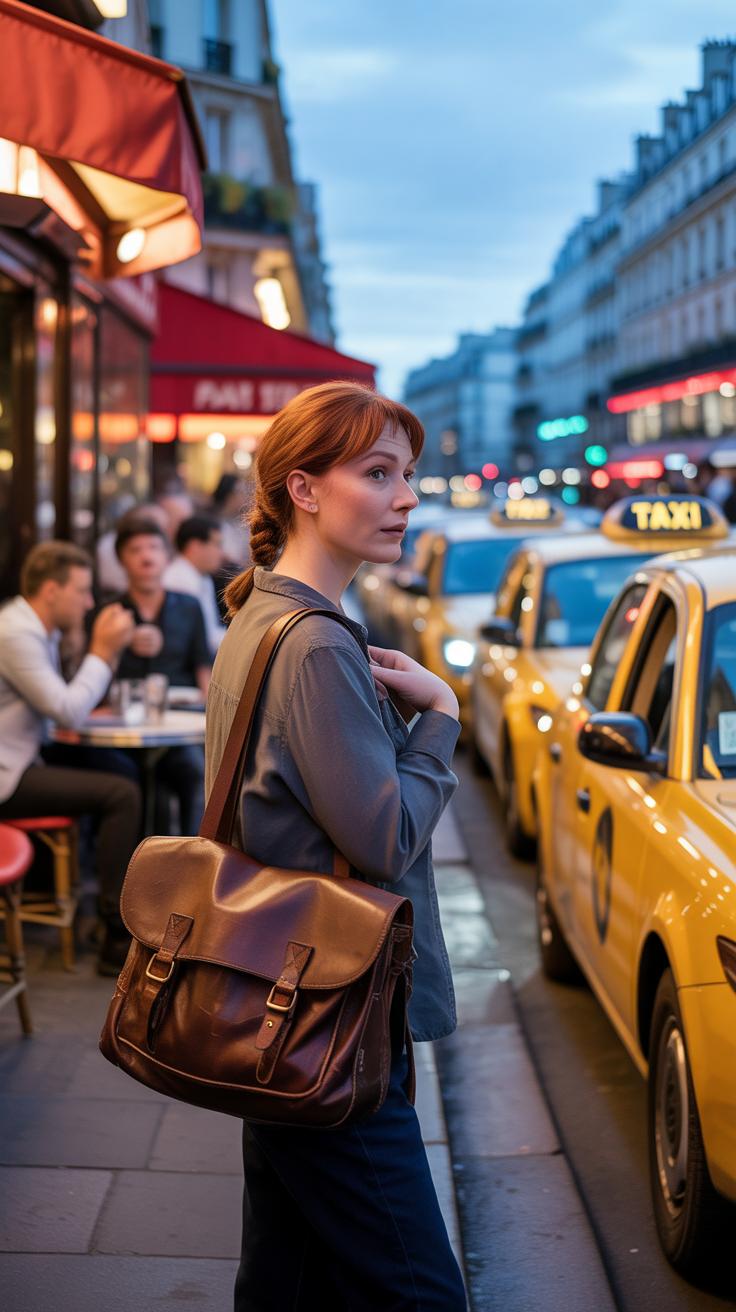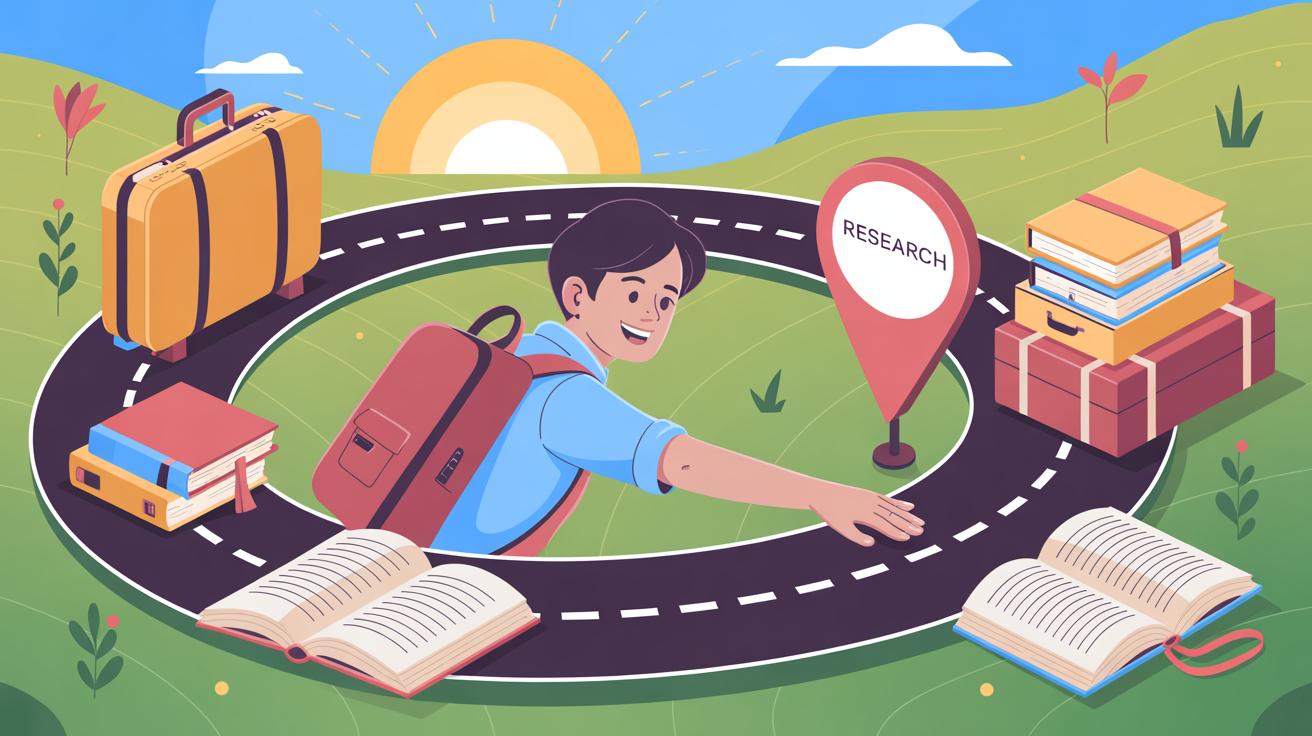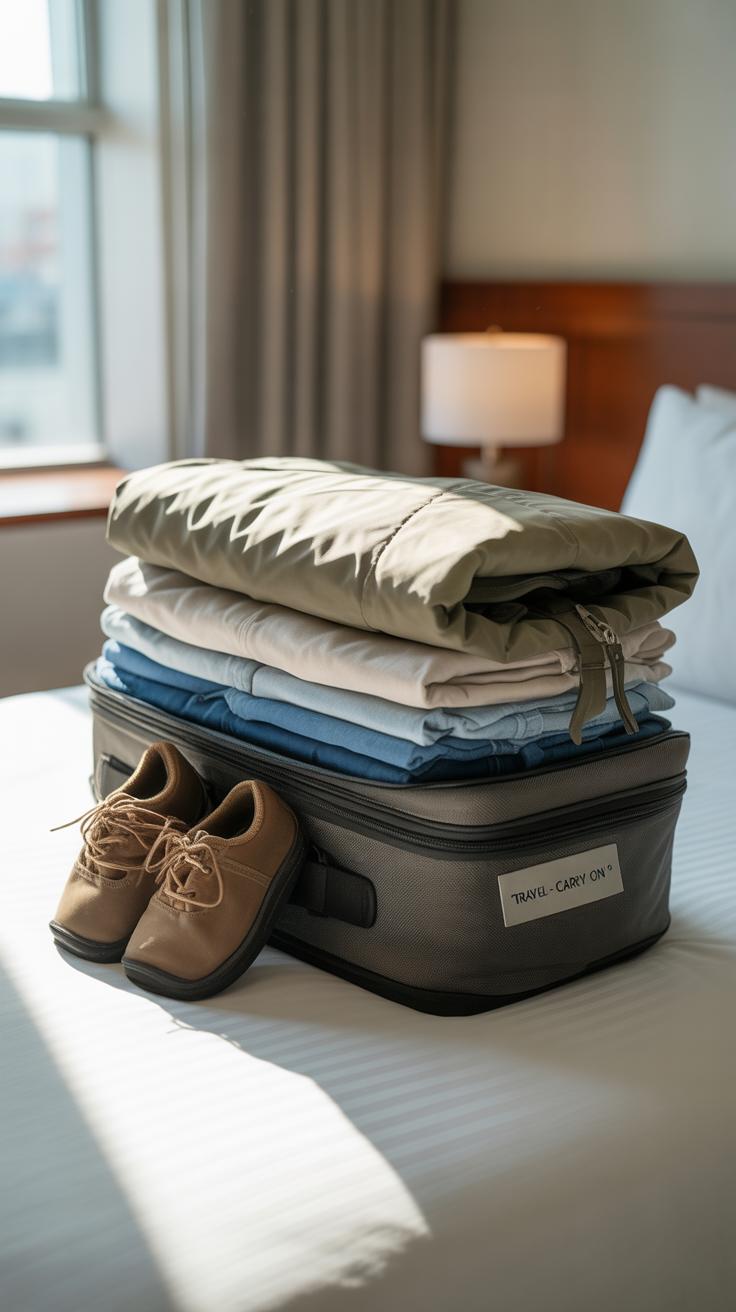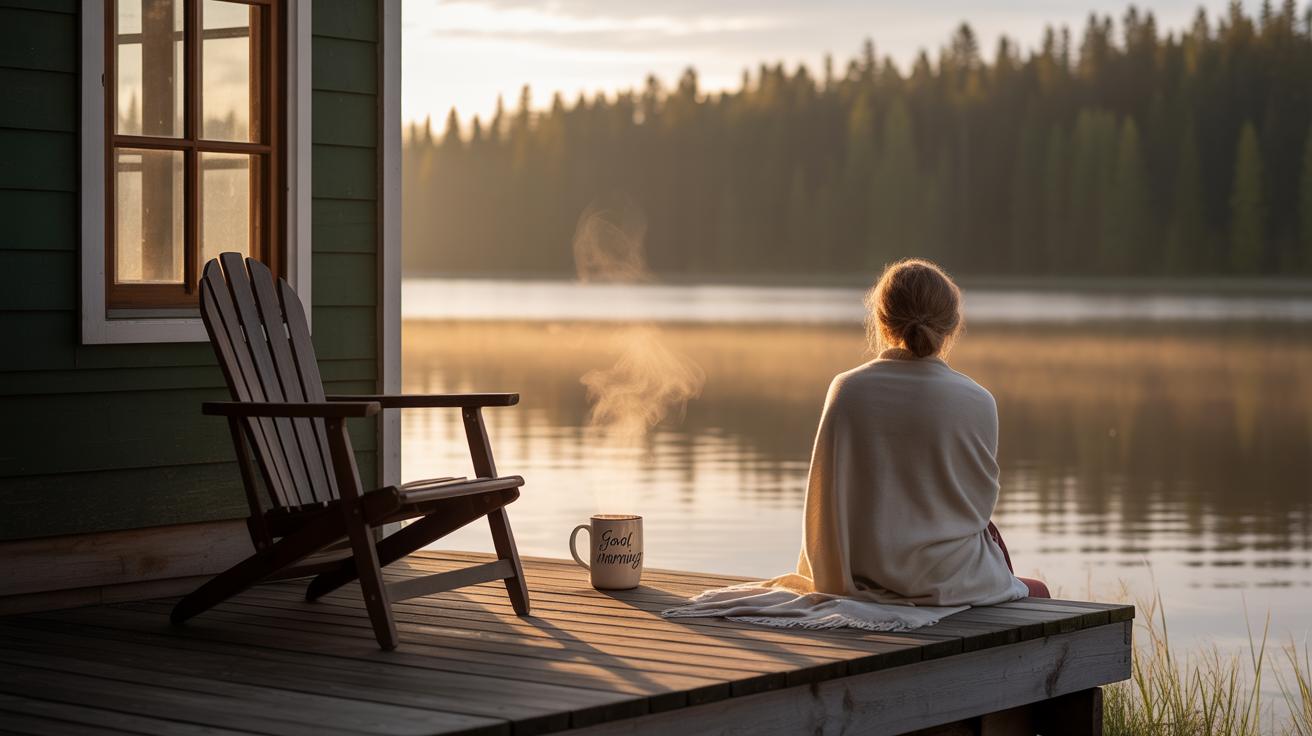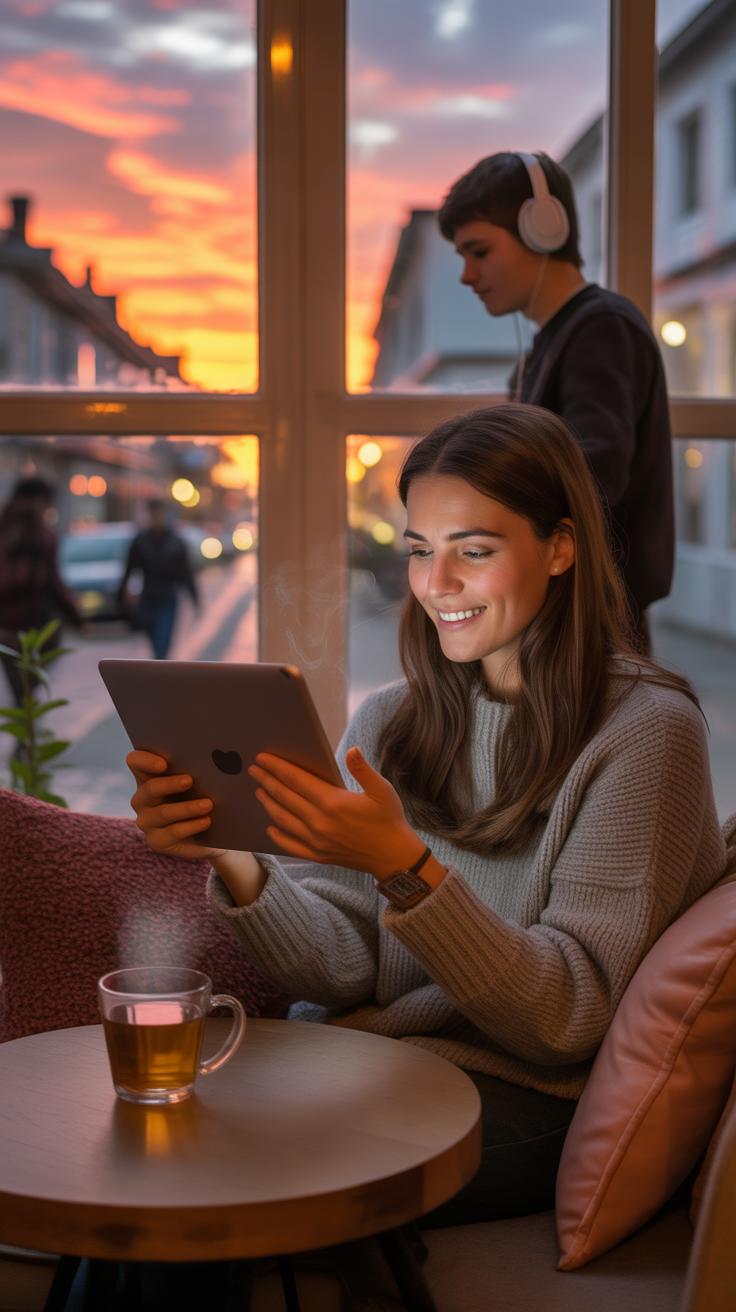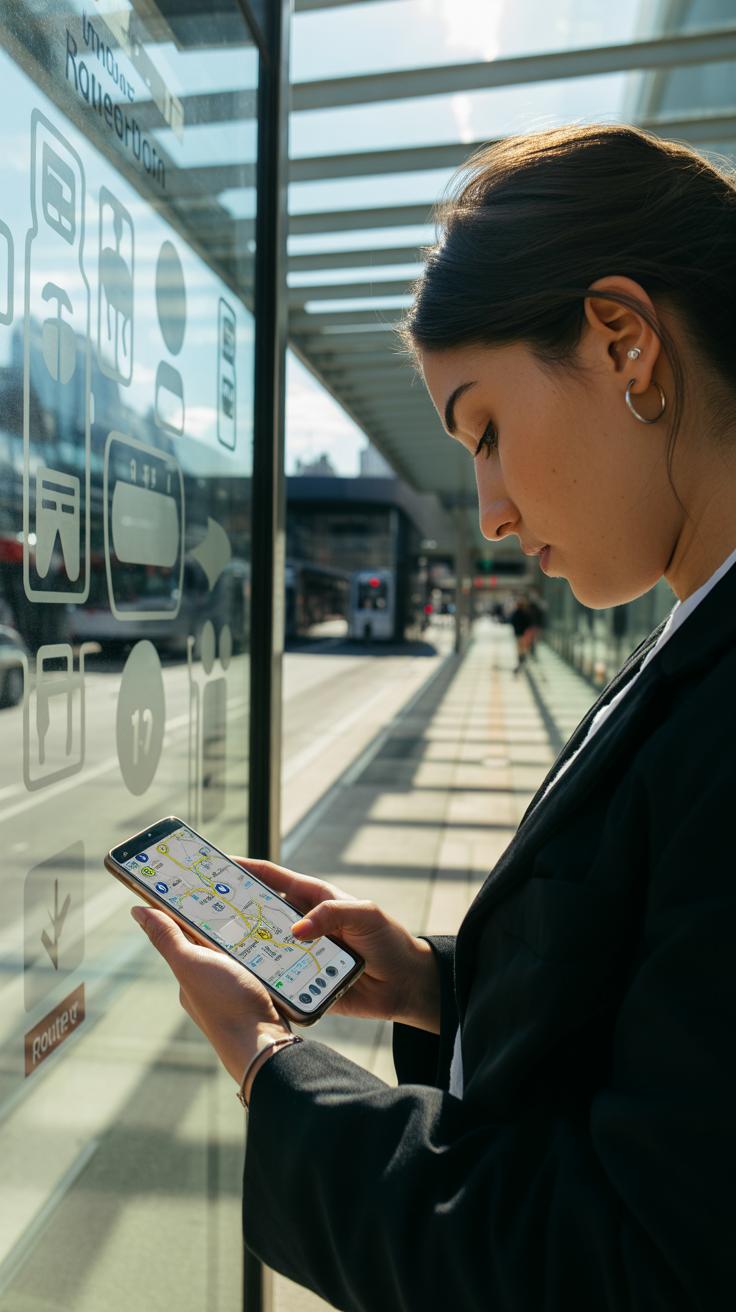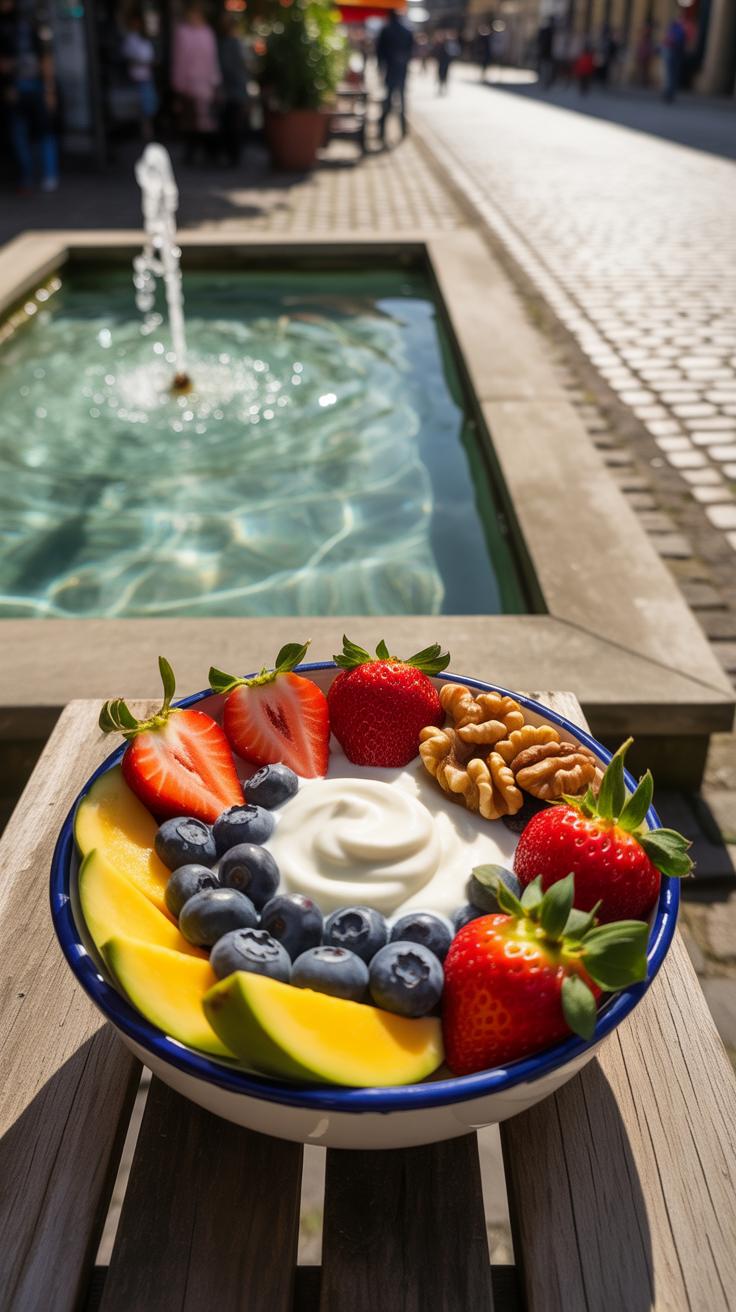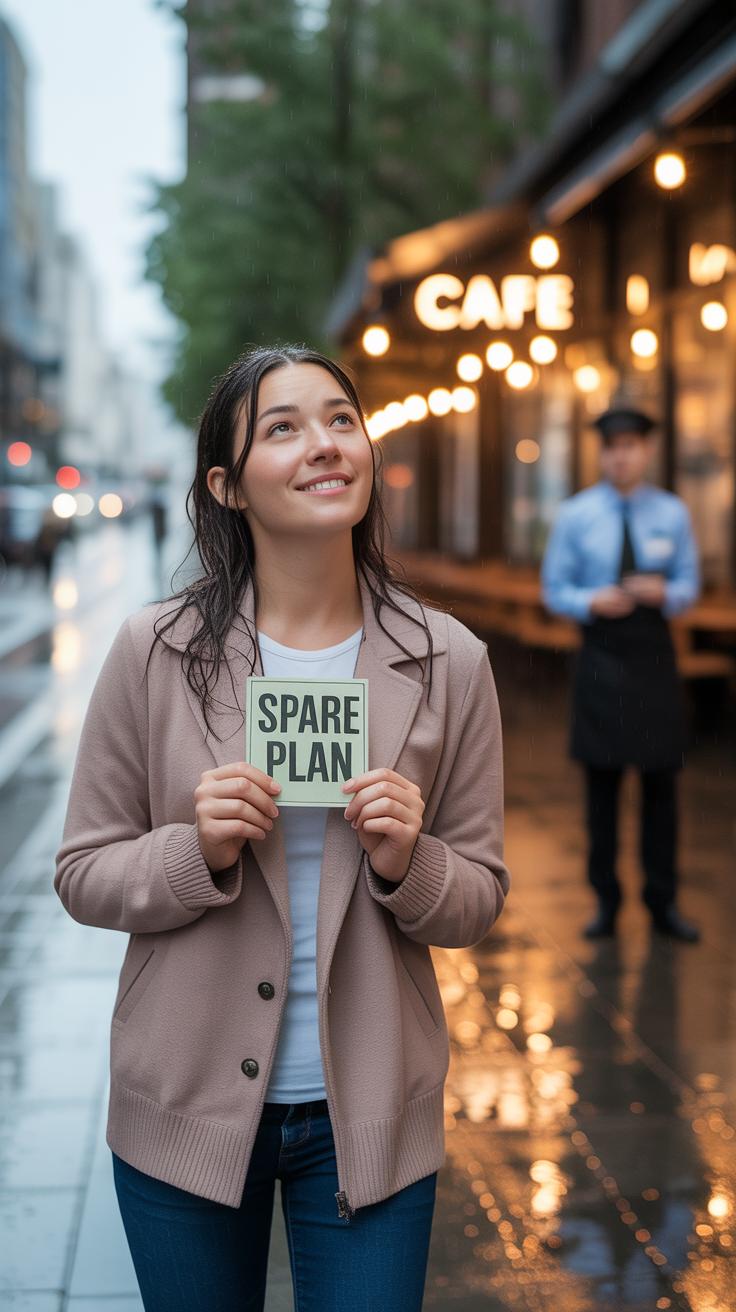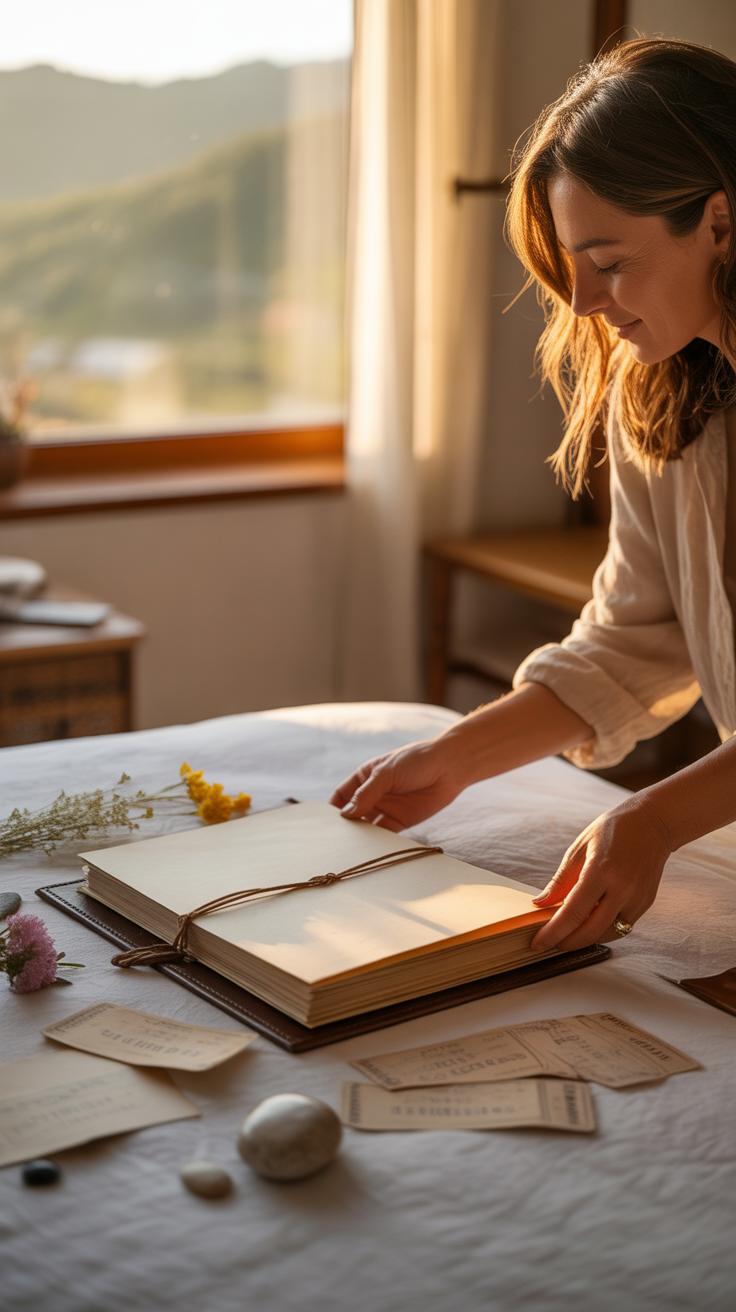Introduction
Travel alone adventures can open new doors to self-discovery and freedom. The travel alone with confidence beginner friendly blueprint helps you take your first steps into solo travel. Solo travel means you are the boss of your own trip. You decide when to go, where to visit, and what to do. The focus here is to make solo travel safe and enjoyable for everyone, especially beginners.
This blueprint shows ways to plan smartly, stay safe, and enjoy every moment. It also talks about what to expect and how to handle new situations. Whether you want to explore a new city or just get away for quiet time, this guide is your travel buddy. Read on to learn how to travel alone with confidence.
Benefits of Traveling Alone
Traveling alone opens up a unique set of benefits that you might not expect at first. One of the biggest perks is the freedom—no one else to compromise with, no fixed plans but your own. You get to wake up and decide on the spot whether you want to explore a hidden museum or just relax at a café. That kind of flexibility is rare, and for some, it’s almost addictive.
Then there’s the personal growth side, which can sneak up on you. Being on your own pushes you to figure things out—like navigating a new city or handling unexpected hiccups. That builds confidence in ways you might never get from just traveling with others.
Also, traveling alone doesn’t mean being lonely. In fact, it often opens doors to meeting locals and fellow travelers because you’re more approachable when you’re by yourself. Conversations happen naturally, maybe over a shared meal or during a group tour you decide to join spontaneously.
Freedom to Choose Your Path
When it’s just you, your trip is genuinely yours. You set the schedule, change plans at will, and decide what deserves your time—no debates or waiting necessary. Want to spend three hours reading in a park or skip a popular tourist spot? Go for it. This freedom can be strange at first; it’s a lot to take in when you’re not used to such control.
Still, many find this liberating. You can wander without a map or itinerary, chase sudden curiosities, or even just sit in silence without feeling the need to explain yourself. The choice to explore or rest lies entirely with you, and that alone can feel refreshing.
Boosting Personal Growth
Solo travel pushes you outside comfort zones—and not always in dramatic ways. Sometimes just asking for directions in a strange language or figuring out a local transit system can boost your problem-solving skills and make you more self-reliant.
It’s also a space for self-reflection. Without the noise of familiar voices, you start hearing your own thoughts more clearly, maybe for the first time in a long time. That self-awareness can help you identify what really matters or reveal habits you want to change.
And remember, growth isn’t neat or instant. There will be moments of doubt or frustration. But each challenge you face alone often leaves you more confident, a little braver, and yes, a bit wiser—even if it doesn’t feel like it right away.
Planning Your First Solo Trip
Choosing the right destination can shape your entire first solo travel experience. Look for places known for being welcoming and straightforward to navigate—think smaller cities or popular tourist spots where you won’t feel lost or overwhelmed. Places like Copenhagen, Kyoto, or Vancouver often have good public transport and friendly locals, which makes them easier for first-timers. But keep in mind, what’s beginner-friendly for one person might seem dull or restrictive to another—your interests matter here.
When it comes to budget, start by listing all expected expenses: flights, accommodation, food, local transport, attractions, and a little cushion for surprises. Don’t forget small things, like tips or toiletries. I usually double-check prices on different sites before booking; sometimes you’ll find a hidden gem of a deal if you look twice.
Speaking of accommodations, pick places with solid reviews that highlight safety and cleanliness. Hostels with private rooms, guesthouses run by locals, or small hotels often offer a good mix of security and the chance to meet others without feeling cramped.
Finally, keep your plans flexible. Booking refundable options or staying in places with easy cancellation policies keeps anxiety down—and that freedom helps the whole trip feel lighter and more enjoyable. Have you thought about how much planning you want before you even get on the plane? Sometimes less is more.
Safety Tips for Solo Travelers
Keep Your Belongings Secure
When you travel alone, your valuables become even more important because you’re the only one responsible for them. Think about using a money belt or a neck pouch hidden beneath your clothes to store your passport, extra cash, and cards. It might feel a little old-fashioned or awkward at first, but it really cuts down the chances of pickpocketing.
Also, don’t carry everything with you all the time. You can split your cash and cards between different bags or pockets. For example, keep some money in your daypack and some in your wallet. If one gets lost or stolen, you still have backups. I learned this the hard way once when I kept all my cash in my wallet and it disappeared during a crowded market visit—it was stressful.
Lock your luggage with a small travel lock when you’re in hostels or shared accommodations. Even if no one looks like they’d steal, a lock is a simple deterrent and gives peace of mind. Digital copies of documents stored in your phone or cloud storage can save you when those physical copies go missing.
Stay Aware of Your Surroundings
It’s tempting to tune out or get lost in your own world when you travel, especially alone. But staying aware of what’s happening around you matters a lot. Try to blend in as much as you can. Avoid looking like you’re checking your phone for directions every five minutes—you can memorize a rough route beforehand or use offline maps instead.
Notice how locals behave, and follow their lead. If a street feels off or empty when it shouldn’t be, trust your gut and find a different way. Sometimes, walking confidently and purposefully can discourage unwanted attention.
Also, keep important emergency numbers handy—whether it’s local police, your embassy, or medical services. Maybe save them on your phone and jot them down physically somewhere in case your phone dies. It might seem overcautious, but it’s something I always do now.
Solo travel means you’re your own best protector. A little awareness and care can go a long way in keeping things safe and enjoyable.
Packing Smart for Solo Travel
Packing light is more than just a convenience—it’s a kind of freedom, especially when you’re on your own. Carrying a heavy suitcase or overloaded backpack can quickly turn a simple walk down the street or a bus transfer into a struggle. You’ll be the only one managing your stuff, so keeping your load manageable means less stress, more mobility, and fewer chances to lose or forget things.
Think about a backpack or a small rolling suitcase—something easy to handle alone. If you can carry or wheel it yourself without much hassle, you’re halfway there. I remember once hauling two big bags with no help, and honestly, it slowed me down and made me anxious about transit times.
When it comes to clothes, aim for versatile pieces that mix and match well. A shirt that works both for daytime exploring and casual dinners, layers that adapt to changing weather. It’s tempting to pack “just in case” items but trust me, too many extras just weigh you down.
Some must-haves that rarely change no matter your destination:
- Chargers and power banks – dead devices can ruin your day or even your safety.
- Travel documents in a secure but accessible spot.
- Basic first aid kit – bandages, pain relievers, maybe some allergy meds if you need them.
- A reliable water bottle – hydration is easier when you’re prepared.
- A small flashlight or headlamp – useful in unexpected situations.
- Copies of important documents – just in case.
Think about what you absolutely need, not what you think you might want. The less you carry, the easier it is to keep track of everything—and that feels good when you’re navigating new places solo.
How to Make Friends While Traveling Solo
Joining Group Activities
When you travel alone, joining group tours or classes can be one of the easiest ways to connect with others. You’re already sharing an experience, which naturally opens the door for conversation. Whether it’s a walking tour, a cooking class, or a local workshop, being part of a shared activity helps break the ice without much effort.
Sometimes, people attending these groups are solo travelers themselves, so there’s a mutual understanding. You might find yourself swapping stories over lunch or planning to meet up later without much pressure. It doesn’t have to feel forced—often, these settings create casual friendships that can last even after the tour ends.
That said, joining every group you see isn’t necessary. Pick what interests you, and go with the flow. You might meet people immediately or find yourself enjoying some quiet time instead, which is also perfectly fine.
Using Social Apps to Connect
Social apps can feel like a double-edged sword. On one hand, they offer easy ways to find travel companions or locals eager to share insights. On the other hand, it’s wise to stay cautious and trust your instincts. Look for apps with clear user reviews and safety features, and don’t rush into meeting someone just because you matched or chatted.
Some apps even allow you to join group events or meetups in your destination, which feels less risky than meeting a stranger one-on-one. You can often find people who share your interests—whether it’s hiking, photography, or just grabbing coffee. That shared focus can make conversations flow more naturally.
Be honest about your travel plans and boundaries. If a meetup doesn’t feel right, listen to yourself and step back. Sometimes, talking to people online beforehand helps you get a better sense of who they are and what to expect before meeting in person.
In the end, social apps are tools—not guarantees. They can open doors, but it’s up to you how far you want to walk through them. And it’s okay to keep some moments just for yourself, without feeling like you have to fill every hour with company.
Managing Loneliness on the Road
Recognizing Normal Feelings
Feeling lonely while traveling alone is more common than you might expect. It shows up in quiet moments, like sitting in a café with your thoughts or returning to an empty hotel room after a full day of exploring. It’s okay to notice these feelings—they’re part of the solo travel experience. Sometimes, the silence can feel heavy. But this doesn’t mean you’re doing something wrong or that solo travel isn’t for you. It’s just a phase, often temporary, that many travelers face.
Loneliness can slip in unexpectedly, even when you’re surrounded by people or busy activities. Rather than trying to push it away forcefully, try to acknowledge it gently. It’s almost like your brain reminding you that human connection matters. The trick is to find ways to balance solitude with moments of engagement, so loneliness doesn’t take over.
Keeping in Touch with Loved Ones
Staying connected to family and friends—or even to a familiar voice—helps ease loneliness. It doesn’t have to be complicated. Simple check-ins can anchor you when everything around feels unfamiliar. Think about ways that fit your travel style and mood.
Here are a few practical, somewhat flexible tips:
- Schedule quick calls or video chats at times that suit both you and your loved ones, so they become small rituals to look forward to.
- Send short messages or photos during your day to share bits of your journey without pressure to be detailed or frequent.
- Use apps that allow voice notes or group chats to keep it informal and low effort—you might find a message from a friend brightens your day unexpectedly.
- Consider writing a travel journal or blog you can share later; sometimes putting your feelings in words is satisfying.
Still, there’s always a bit of tension between wanting connection and needing your own space to explore. And that’s fine. You might miss someone deeply one evening, but the next day feel eager to dive into new surroundings alone. That back and forth is part of the solo travel rhythm, and managing it without guilt can make your trip more enjoyable.
Navigating Transportation and Directions
Using Public Transport Confidently
Traveling alone means you have to rely on public transport more than usual. It can feel daunting, but once you get the hang of it, it’s quite manageable. The first step is learning to read schedules carefully. Timetables might look confusing at first—especially if you’re in a place where the language is unfamiliar. Take your time to spot the key details: departure times, route numbers, and final stops.
When buying tickets, slow down and avoid rushing. Automated machines are often easiest for solo travelers—though they may not always accept international cards. Keep small bills or coins handy; it’s not uncommon that machines won’t give change. If you’re at a booth, don’t hesitate to ask questions. People usually appreciate polite curiosity. Also, consider apps or transport cards if available—they simplify everything but double-check how to reload them without assistance.
Relying on Maps and GPS
Offline maps are a lifesaver when you can’t rely on constant internet access. Download the map for your destination before you go, and mark important spots like your accommodation and key transit stops. GPS apps are generally accurate but sometimes glitch, especially in narrow streets or underground. That’s where having a paper map or screenshot helps.
Try not to depend only on GPS directions. Notice landmarks as you walk to avoid getting lost later. You might feel odd stopping and double-checking your map in public, but trust me, most people do it. If you’re unsure about a route, don’t hesitate to ask locals—just keep your questions simple and clear.
One thing I’ve learned is to give yourself extra time when navigating. It reduces stress and lets you enjoy wandering a bit—sometimes the best experiences happen when you stray off course. But I get it—some days, you want to be sure exactly where you’re going without any hiccups. Balance works.
Eating Well and Staying Healthy Alone
Finding Safe Places to Eat
When you travel alone, finding good food can feel like a puzzle sometimes. I’ve found that the best way to spot safe, affordable spots is to watch where locals eat. Busy little places with a steady flow of customers often mean the food is fresh and the hygiene is decent—though that’s not a guarantee. Checking recent reviews on apps or travel forums can help, but don’t rely solely on ratings. Sometimes, high scores come from tourist-heavy places that charge more.
Markets or food stalls that cook food fresh in front of you tend to be safe bets, but it’s okay to hesitate before trying something entirely unfamiliar. If you spot a place with dodgy smells or an unclean environment, trust your gut and look elsewhere—even if it’s the only nearby option. Eating well doesn’t always mean fancy meals but choosing spots that feel right, both in cleanliness and comfort.
Simple Health Tips for Travelers
Keeping healthy on the road isn’t just about avoiding sickness; it’s about feeling good enough to explore. Staying hydrated is a simple step but easy to overlook, especially when you’re distracted by sites or trying to catch public transport. Carry a refillable water bottle. You might think tap water is okay, but in many places, it’s safer to stick to bottled or filtered water—unless you’re sure otherwise.
Hand sanitizer is another must-have, especially when you eat with your hands or touch surfaces often. I’ve noticed that eating smaller, more frequent meals helps my digestion when the food’s a bit different from home. Also, consider packing basic medicines for upset stomachs or allergies. And just because you’re solo doesn’t mean you should skip rest days. Sometimes, slowing down saves you from catching a cold or worse. Have you noticed how your body reacts differently to travel? Paying attention can make all the difference.
Dealing with Unexpected Challenges
When you’re traveling alone, setbacks can feel a bit heavier. Losing your wallet or phone may turn into a bigger hassle since there’s no one else to back you up right away. The first thing to do if something goes missing is to stay calm—panic won’t help. Try retracing your steps, check with local lost and found spots or ask nearby staff. If your passport or cards disappear, contact your embassy or bank quickly. Having copies of important documents stored safely, maybe online or in your luggage, can save a lot of stress.
Language barriers can make these situations trickier, too. Don’t just freeze if you can’t speak the language well. Carry a translation app or phrasebook and try simple, clear sentences. Sometimes, gestures work better than words—surprising but true. You might also find locals appreciate any effort, even if it’s hesitant or incomplete. There’s comfort in knowing that just a little prep allows you to manage unexpected bumps without feeling totally lost.
Enjoying Your Time and Making Memories
Traveling alone gives you the rare chance to fully embrace every moment—no distractions, no compromises. It’s tempting to rush through tourist spots, but slowing down lets you really soak things in. Try pausing to watch daily life unfold around you—the way locals start their morning, the sound of distant chatter in a café, or the simple rhythm of a bustling market.
Taking photos can help, but don’t feel pressured to capture everything perfectly. Sometimes a quick snapshot or even a mindful glance is enough. A journal is equally valuable. Writing about your day, even jotting down odd thoughts or funny incidents, anchors memory in a way photos sometimes don’t. I found myself surprised weeks later remembering tiny details I thought I’d forget.
To keep your memories alive, try mixing methods: photos of people or places, small voice notes capturing sounds or feelings, or brief sketches if you like. Each method highlights different parts of the experience. You might not remember every sight, but the way a place made you feel will stay clearer if you document it a bit.
Maybe ask yourself: Which daily moments here feel worth remembering? What simple pleasures can you notice that you’d miss if you hurried on? The joy in travel often isn’t just the big landmarks but those small, quiet slices of life that pass by unnoticed.
Conclusions
Traveling alone can feel strange at first. But it helps you learn about yourself and the world. You get to make your own rules and follow your own pace. By using this beginner friendly blueprint, you have some easy steps to plan a safe and fun trip by yourself. Remember to prepare well and trust your feelings when traveling alone.
As you get more used to solo journeys, you’ll find more joy in new places and meeting new people. Keep practicing the tips shared here. Each trip makes you stronger and more confident. Traveling alone lets you see the world in your own way. Start your adventure today and enjoy every step on the road!


